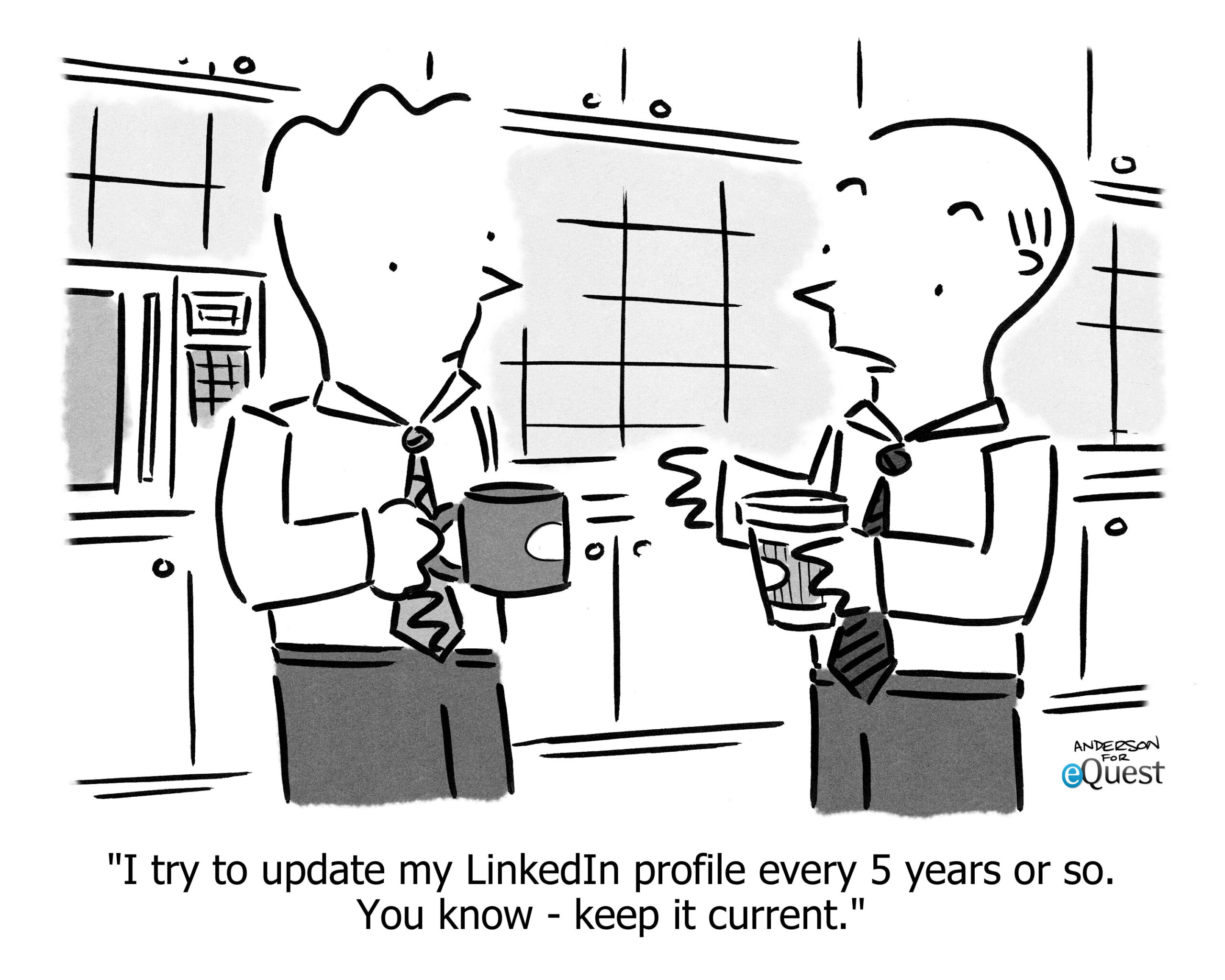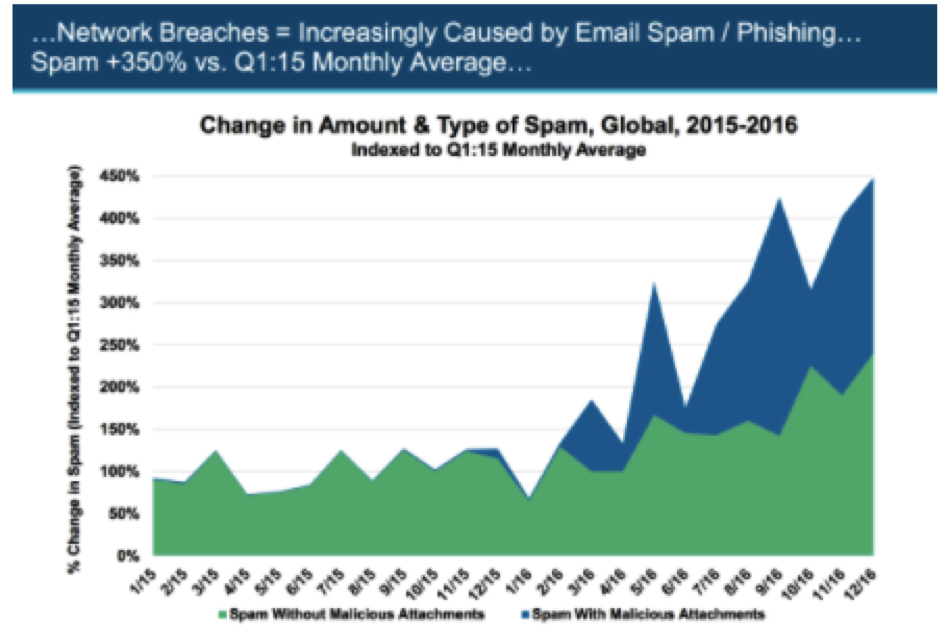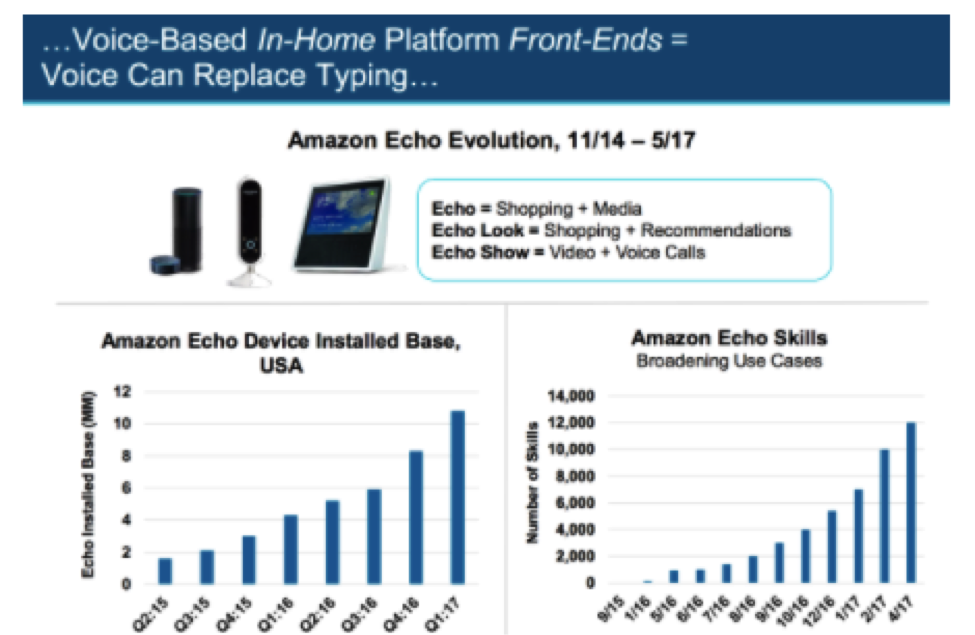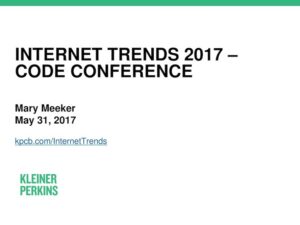Everyone knows that lots of recruiters screen candidates on social media, but did you know how many employers are doing it?
Would you believe 7 out of 10?
According to the latest survey by CareerBuilder, a whopping 70 percent of employers use social media to screen candidates before hiring, and that’s up significantly from 60 percent last year and just 11 percent back in 2006.
That’s not all that the survey found. Here are a few of the highlights:
- 57 percent of employers say they are less likely to interview a candidate they can’t find online (and yes, there ARE people like this out there).
- 54 percent have decided not to hire a candidate based on their social media profiles.
- Half of employers check current employees’ social media profiles, and over one-third have reprimanded or fired an employee for inappropriate content.
These findings shouldn’t be surprising, but they probably are for those clueless people who still think it’s cool to post photos of their latest drinking escapade on Facebook. Wonder how the company they applied to will react to that?
Social Recruiting Is Becoming a Key Part of HR
As Rosemary Haefner, chief human resources officer at CareerBuilder pointed out:
Most workers have some sort of online presence today – and more than half of employers won’t hire those without one. This shows the importance of cultivating a positive online persona. Job seekers should make their professional profiles visible online and ensure any information that could negatively impact their job search is made private or removed.”
Amen to that. Yes, would-be job seekers (and pretty much everyone with a brain) should think more about “cultivating a positive online persona,” as CHRO Haefner so delicately put it. But, how many people don’t and then are shocked when they find that something they thoughtlessly threw into one of their social media channels was the determining factor in them NOT getting a shot at the job they really wanted?
 These are questions that recruiters and hiring managers are asking, and that job candidates would do well to consider.
These are questions that recruiters and hiring managers are asking, and that job candidates would do well to consider.
Here are a few more interesting details from the CareerBuilder survey:
- Social recruiting is becoming a key part of HR departments, and 3 in 10 employers (30 percent) have someone dedicated to the task. My guess is that this is a growth area for HR and that this number will jump considerably in the next year or two.
- Employers aren’t just looking at social media. Some 69 percent are using online search engines such as Google, Yahoo and Bing to research candidates as well, compared to 59 percent last year.
- When researching candidates for a job, employers who use social networking sites are looking for:
- Information that supports their qualifications for the job (61 percent);
- If the candidate has a professional online persona (50 percent);
- What other people are posting about the candidates (37 percent); and,
- For a reason not to hire a candidate (24 percent).
It’s that last finding that makes my point. If a quarter of employers say they are actively looking for disqualifying dirt on candidates when they check out social media, that’s a huge reason why everyone should be concerned about what they’re publicly posting and who is likely to see it.
Even if you’re not a candidate today, you may suddenly become one tomorrow. You should keep that in mind, because it doesn’t help if you are shooting yourself in the foot by posting stupid stuff on social media for everyone to see.
The Dumb and Crazy Things That People Do
CareerBuilder surveys frequently list what I like to call fun “details” that get into some of the dumb/crazy/funny things that people do, and this latest one is no exception.
With 54 percent of employers saying that they rejected a candidate for something they found on the candidate’s social media profiles, you really want to know what some of those things are. Here are a few:
- Candidate posted provocative or inappropriate photographs, videos or information: 39 percent;
- Candidate posted information about them drinking or using drugs: 38 percent;
- Candidate had discriminatory comments related to race, gender, religion: 32 percent;
- Candidate bad-mouthed their previous company or fellow employee: 30 percent;
- Candidate lied about their qualifications: 27 percent;
- Candidate had poor communication skills: 27 percent;
- Candidate was linked to criminal behavior: 26 percent;
- Candidate shared confidential information from previous employers: 23 percent;
- Candidate’s screen name was unprofessional: 22 percent;
- Candidate lied about an absence: 17 percent.
The CareerBuilder survey was conducted online in the U.S. by Harris Poll on behalf of CareerBuilder among 2,380 hiring and human resource managers (employed full-time, not self-employed, non-government) between February 16 and March 9, 2017. Percentages for some questions are based on a subset, based on their responses to certain questions).
Here’s my take: None of the findings of this survey should be terribly surprising, especially for anyone sourcing, recruiting, or hiring people. What IS surprising, at least to me, is that people keep posting dumb stuff about themselves on social media — things that make reasonable people question their judgment and decision making skills — and then wonder why they can’t seem to find a job.
You Are What Your Social Media Profile Says You Are
Two-time Super Bowl-winning coach Bill Parcells once famously observed that “you are what your record says you are,” and I guess the updated version that applies here is, “you are what your social media profile says you are.”
It would be great if everyone just thought that one through.




 How can you tell if an email that you received is “real” or not? Technically, all emails are real. But there are emails that can brutally harm your system. In fact, recently, there was a massive
How can you tell if an email that you received is “real” or not? Technically, all emails are real. But there are emails that can brutally harm your system. In fact, recently, there was a massive 
 Dean Da Costa is best known for his work in the highly specialized secured clearance and mobile arenas, where he has been a top performing recruiter and sourcer. Dean’s keen insight and creation of innovative tools and processes for enhancing and changing staffing has established Dean as one of the top authorities in sourcing and recruiting.
Dean Da Costa is best known for his work in the highly specialized secured clearance and mobile arenas, where he has been a top performing recruiter and sourcer. Dean’s keen insight and creation of innovative tools and processes for enhancing and changing staffing has established Dean as one of the top authorities in sourcing and recruiting.
















 Phrase of the Week:
Phrase of the Week: Does LinkedIn’s TOS Mean it is time to Send an SOS?
Does LinkedIn’s TOS Mean it is time to Send an SOS? Need More Productivity From Your Staff? Let Them Work From Home.
Need More Productivity From Your Staff? Let Them Work From Home. Like a Bull in the Doctors Office – Bullhorn Launches their Healthcare Edition
Like a Bull in the Doctors Office – Bullhorn Launches their Healthcare Edition ICYMI:
ICYMI:  @MattCharney was at the
@MattCharney was at the  @WilliamTincup was at
@WilliamTincup was at 








 Tip #1: Personalize Your Message
Tip #1: Personalize Your Message Tip #2: Keep it Entertaining
Tip #2: Keep it Entertaining Tip #3: Keep it Real
Tip #3: Keep it Real



 Let’s face it, rejection sucks. Especially when you have to
Let’s face it, rejection sucks. Especially when you have to  Tip #2: Open communication
Tip #2: Open communication Try to provide them with any
Try to provide them with any 
